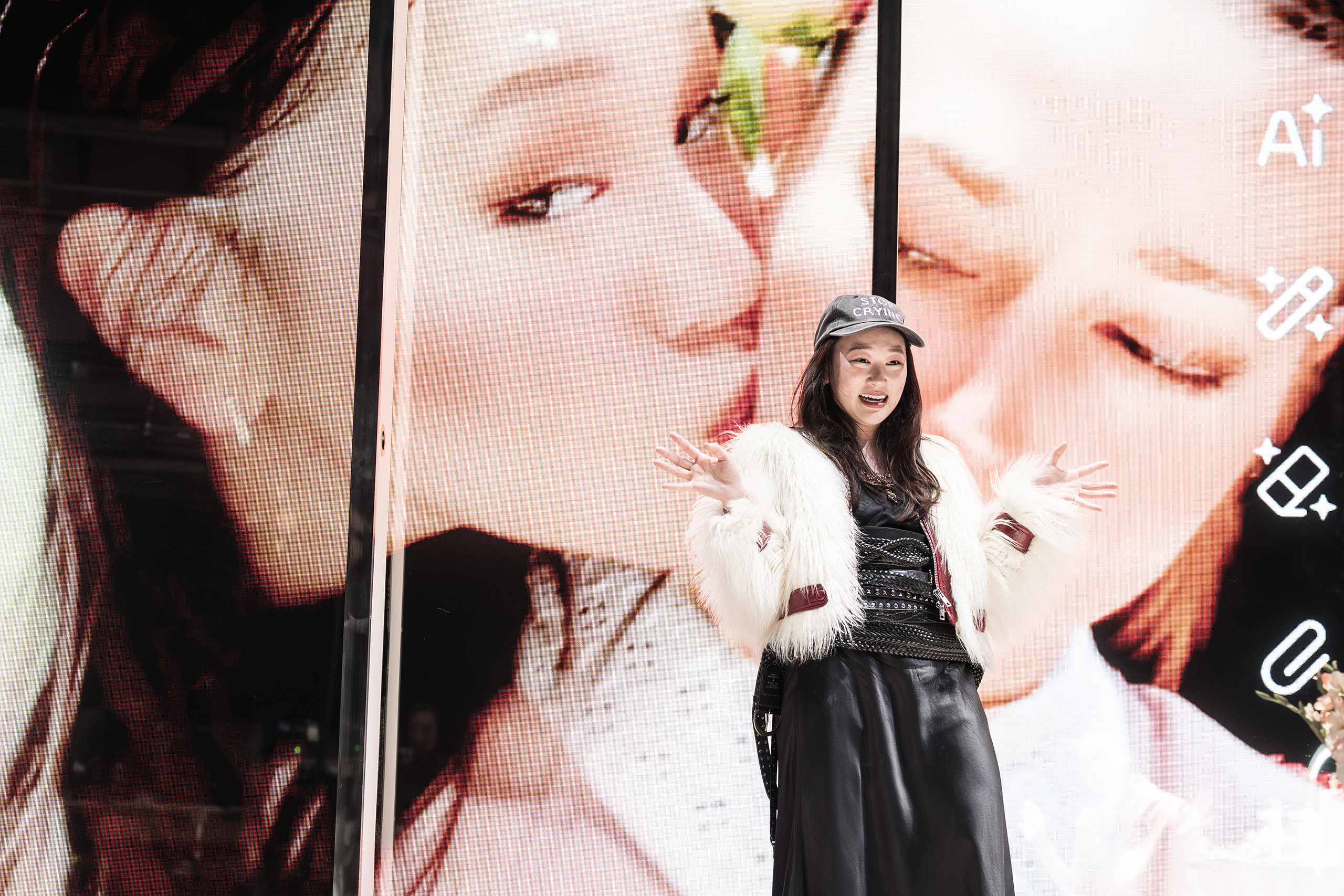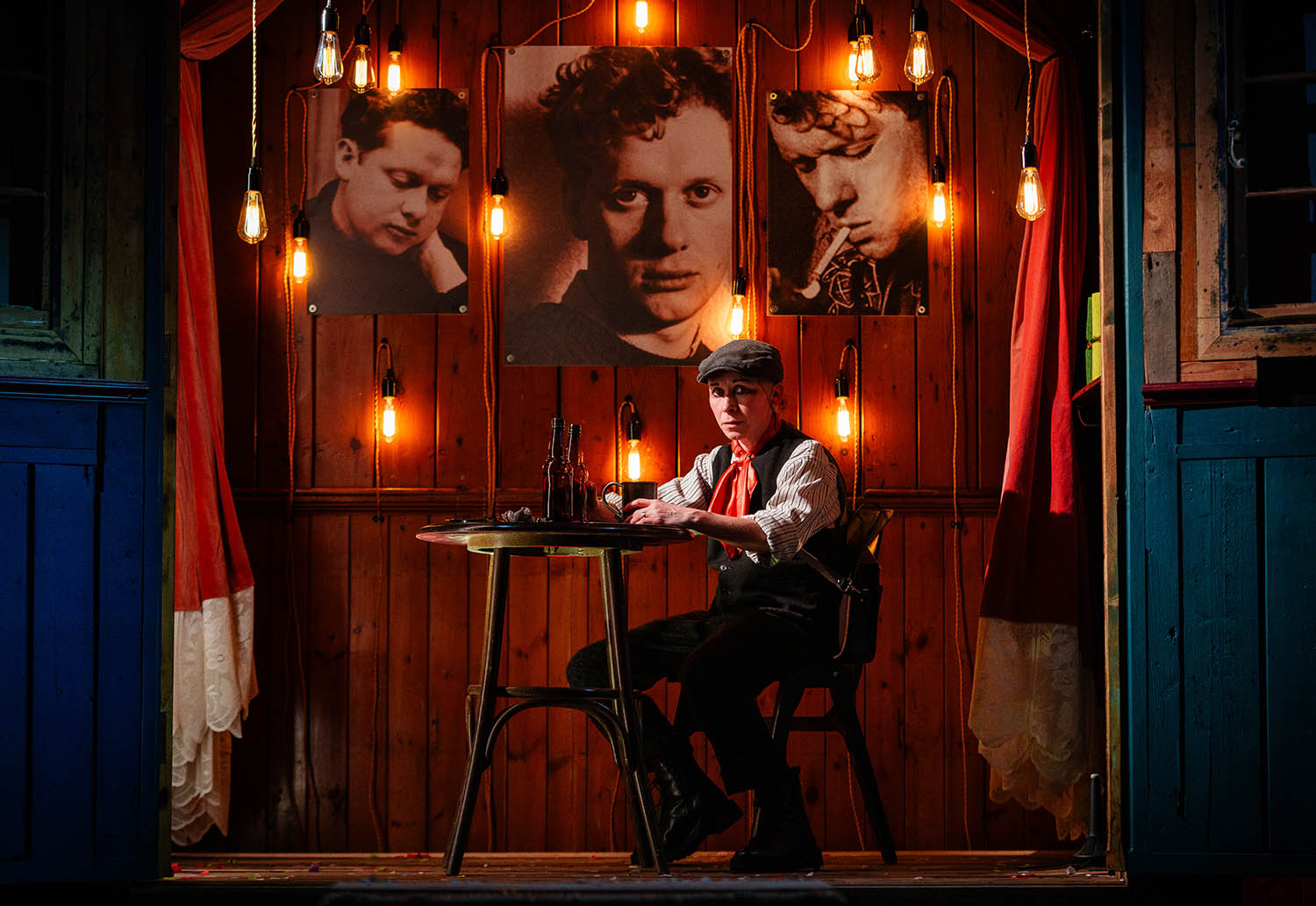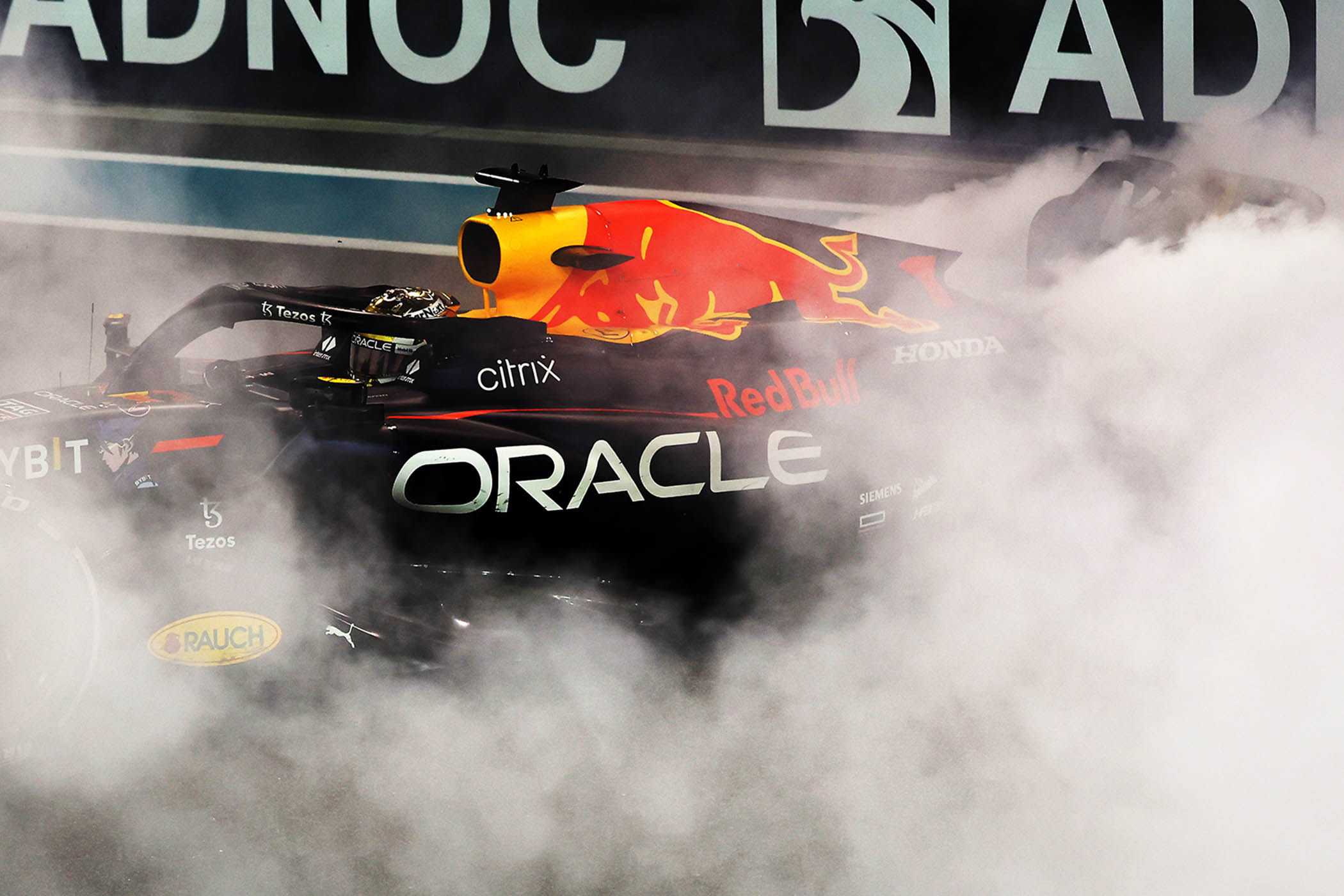In early 2024, Kip Williams’s production of The Picture of Dorian Gray landed in London’s West End. The show starred Sarah Snook, hot from her role in HBO’s Succession: it was marketed as a chance to see Snook perform 26 different roles in a one-woman retelling of Oscar Wilde’s cult novella.
In fact, these transformations were largely achieved by video trickery. Snook displayed dogged stamina as five camera operators chased her around the stage to capture live-feed from every angle. But as an audience, we spent most of our time watching Snook’s face projected onto screens, as Snapchat and Instagram filters transformed her into a series of caricatures. These are the techniques gen Z use to tell their stories, the visual privileged over the verbal.
Audiences loved it. Snook won prizes. A few critics refrained from the adulation, including myself and The Observer’s Susannah Clapp, in a two-star review. But the show was a runaway hit, until it moved to Broadway and the bubble burst. In a review for the New York Times, the critic Jesse Green thundered: “The technology dominates all other values, including Wilde’s, often denying the human contact, and contract, that are at the heart of theater’s effectiveness.” He was right.
Now Kip Williams is at it again. This time, he’s chosen to adapt The Maids, Jean Genet’s 1947 French chamber piece about two maids who re-enact each night the abuses that their pampered mistress inflicts on them. Like Dorian Gray, it’s concerned with narcissism, luxury and displaced desire: it has long been a magnet to directors keen to play with kink.
At the Donmar Warehouse, Williams turns it into another orgy for iPhone. Rather than imagine themselves in the place of their mistress, these maids transform into her and her friends: livestreaming themselves from iPhones onto huge screens as filters digitally distort their features with faux make-up and pinched cheekbones.
The more we outsource creativity to digital artists, the less theatre remains an actors’ medium
As the theatre writer Amanda Parker complained in the Stage: “In one scene, all three actors perform to the phone and not to each other, to create the image that appears behind them. What they do on stage is literally in service to what’s on screen.”
There’s nothing new about critics complaining about tech overload in theatre. In a skit parodying the ancient Athenian theatre scene, in 411BC, Aristophanes once depicted the tragedian Euripides stuck on his own mechanical crane: a comment on Euripides’ overdependence on ending his own plays with the original deus ex machina, a god descending from the heavens. Every generation sees advances in stagecraft, and every generation sees someone complain about it.
Yet when spectacles like The Picture of Dorian Gray attract huge audiences, many of whom may have little other exposure to theatre, it feels important to explain what they’re missing. At a basic level, the more we outsource creativity to digital artists, the less theatre remains an actors’ medium. Snook wasn’t the only actor to play multiple roles in recent years: in Vanya, Andrew Scott fully inhabited eight characters with simple shifts of posture; the actor Mark Lockyer performed all the roles in Hamlet largely by adjusting his voice. That is true craft. It also demands that an audience collaborate in that most basic of imaginative acts: suspension of disbelief. The actor provides the bones of a transformation, we project the rest.
This form of collaborative, active listening is what’s at stake when screens take over theatres. Since the dawn of television, we have known that screens turn us into more passive, fragmented audiences. We go out to the theatre – unlike cinema, it will never be something you can experience in the privacy of your own home – to share an experience with other people. Screentime in the theatre, just like screentime anywhere else, has a nasty habit of atomising and isolating us.
Watching The Maids, we often have a choice between keeping our eyes on the actors and keeping our eyes on the screens above them. No prizes for which keep our attention. Phone screens are expertly designed to draw our eyes and keep them there: parents will be familiar with how instantly even a baby’s eyes will find any screen in the room.Like the audience, the actors in The Maids keep their eyes on their screens. They rarely make eye contact with each other, let alone the audience: their avatars interact on screen more than their physical bodies. These are actors in the mode of our influencers and politicians: permanently on transmit, never in listening mode.
The basics of theatre are simple: shared space, shared light, shared experience. But these are also the basics of healthy civic conversations. When even actors can’t look us in the eye to tell their stories, we are all in trouble.
Photograph by Marc Brenner



